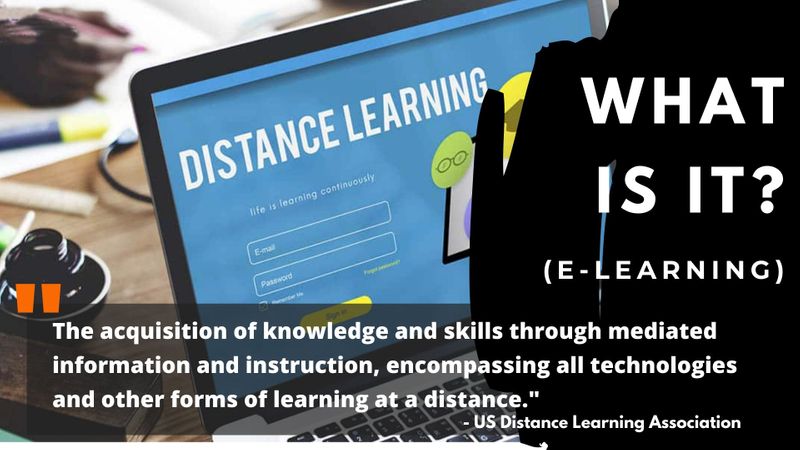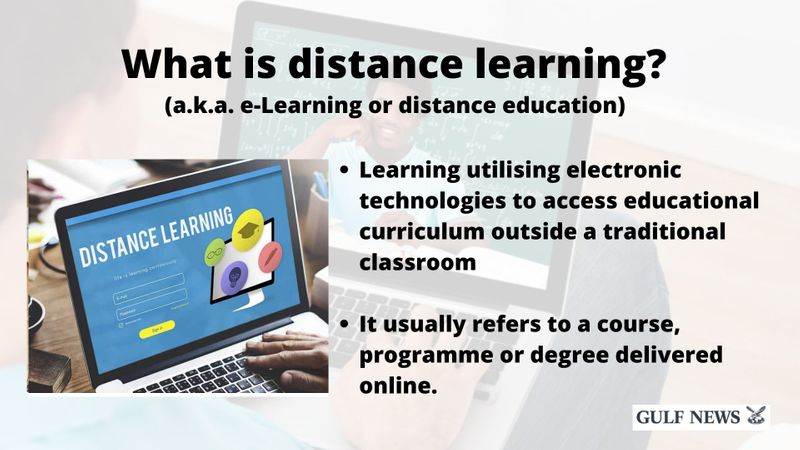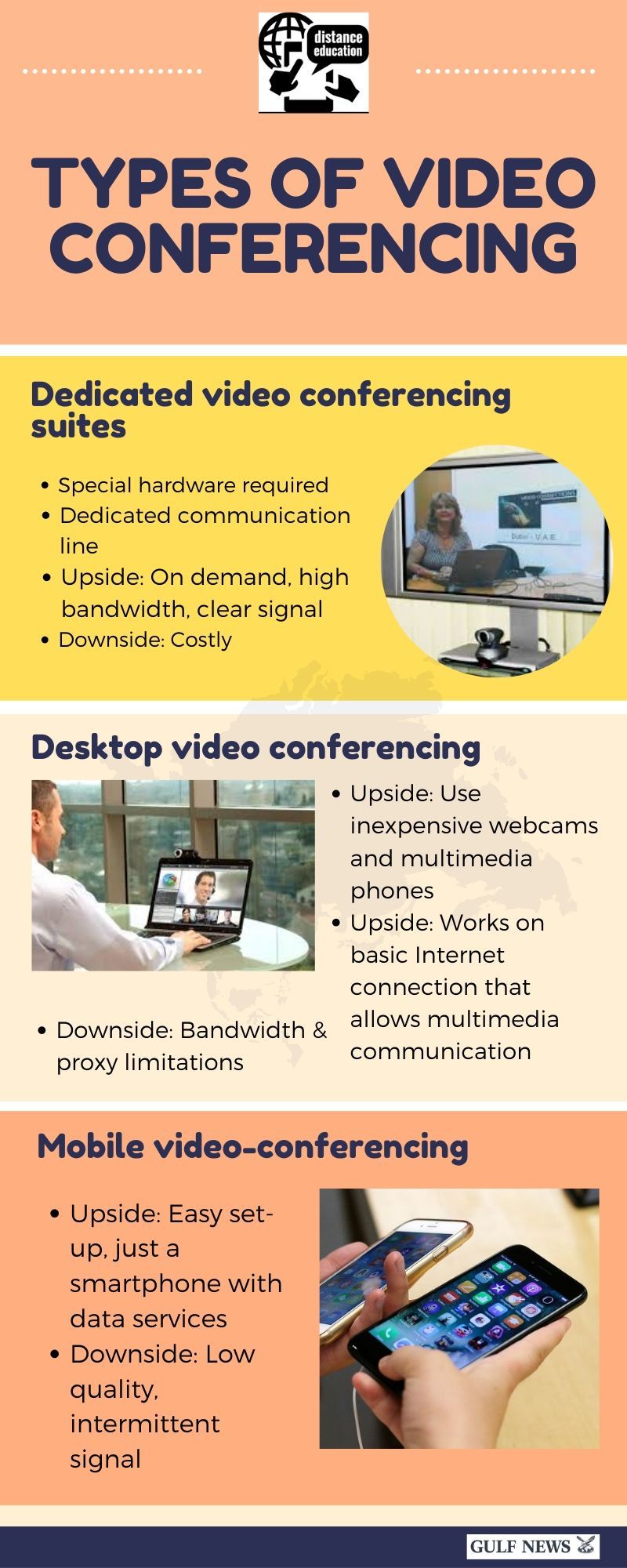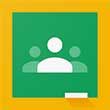
Highlights
When is the regular spring break in the UAE?
From March 29 to April 12.
Has this spring break schedule changed now?
Yes, most schools said they will take the spring break from March 8 to March 22.
What is the schedule for distance education learning?
Many schools have confirmed that they will conduct the distance learning from March 22 to April 2.
Dubai: Schools and universities across the UAE have been at the forefront of the digital learning evolution, actively using e-learning apps, disseminating information through videos and online lectures.
Only, these are were supportive programmes in the past, meant to help students gain an edge when they get to class.
Now, e-learning is set to take the lead, amidst the global effort to curb the scourge of the new coronavirus (COVID-19), which has infected more than 93,000 people across the world and claimed more than 3,000 lives.
It's time for all e-learning efforts to go mainstream. How will it unfold and what are the implications?
The Knowledge and Human Development Authority, backed by the Ministry of Education, and Department of Education and Knowledge in Abu Dhabi announced the closure of all educational institutions across the country from Sunday (March 8, 2020) — pushing the spring break forward by two weeks.
First two weeks
Most schools say they are well prepared for what they considered an eventuality.
"Schools will use the first two weeks of the break to make sure all plans are in place to implement distance learning. As of 22 March 2020, distance learning will start for all students," ADEK was quoted as saying by Alan Williamson, Chief Executive Officer, Taaleem.
Many schools have used distance and e-learning tools for several years as part of their "blended" approach.
“When the extraordinary situations are there, we are prepared for that,” explains Pramod Mahajan, principal of Sharjah Indian School.
We’ve been using distance and e-learning tools for at least seven years at the secondary level, and about four years at the primary level. Their use will simply increase during this spring break
"We’ve been using distance and e-learning tools for at least seven years at the secondary level, and about four years at the primary level. Their use will simply increase during this spring break," said Richard Ballard, head of technology and innovation at the Raha International School.

How does distance learning work?
For some, education starts with a "study pack". It which contains study resources — as well as links to tasks that need to be completed online.
Amy Salsbury, Principal, The Children’s Garden, explains: “The Children's Garden will be sending home learning packs alongside links to online learning with directed tasks. Teachers will provide math and literacy activities for the children to work through each week.
"The activities will be carefully planned so that they can be accessed by the child independently where possible. Teachers at The Children's Garden will also be providing many open ended activities that can naturally be led by the child themselves.”

Interaction via live session portals
Others, such as the chain of Ambassador Schools, will set up a portal for live sessions — where teachers and students can interact — each evening along with other online projects.
“We are ready with these distance learning options. These are not new to us,” explains Kamal Kalwani, Vice Chairman, Ambassador Schools.
“So what we are doing is what we are using all the time. We have to ready this content, increasing the number of video lessons we have, the content, but also we will be delivering lessons through the live online method. So what this means is in the evenings, our teachers are having a discussion that they will make themselves available, either it’ll be 4-6.30 or 5,30-7.30 – where we will take the opinion of the parents – where there’ll have live lessons for the kids. So the parents can also moderate.

“We have a wonderful Artificial Intelligence-based learning tool called Century tech, how this helps is it helps the kids to their English, math and sciences in their adaptive way, according to their ability. And the teachers get an idea of the progression of class, a full macro view of the child’s progress.”
Meanwhile, Ballard says: “There will be assigned activities about two to three times a day, and teachers will be available to feedback to parents and students. And for Secondary students, learning will take place via ManageBac and Microsoft OneNote.”
What are some of the popular programmes being used?
Google Classroom
Google Classroom is a free web service, developed by Google for schools, that aims to simplify creating, distributing, and grading assignments in a paperless way. The primary purpose of Google Classroom is to streamline the process of sharing files between teachers and students.
The classroom combines Google’s features into a class-friendly package using Google Drive for assignment creation and distribution, Google Docs, Sheets and Slides for creating and sharing content, Gmail for communication, and Google Calendar to schedule classes or deadlines.
It also has the capability for a teacher, who is a Google user under the suite, to create and teach a class which students can join using a one-time code shared by the teacher.
Microsoft Teams
Similar to Google classroom but geared towards the workplace, Microsoft Teams is a suitable tool for student-teacher interaction and classes. It is a unified platform that combines chat, video meetings, file storage, and application integration. Microsoft advertises that with the platform “10 or 10,000 can meet in one place, no matter how many places they’re in” along with real-time sharing of information.
One Note
One Note is another collaborative offering from Microsoft with a focus on content and ‘note-sharing’. Teachers can easily organise lesson plans, collect homework, and provide individualized support to students who in turn can store their texts, sketches and even hand-written notes in one place accessible and shareable at any time.
Teachers can include audio and video recordings to create rich interactive lessons for students. Students can highlight and annotate slides, sketch diagrams, and take handwritten notes.
Seesaw
Seesaw is another collaborative app allows interaction between students, teachers and parents. Students can highlight content digitally using video, drawings, collages etc. while teachers can interact with students’ work online to better understand strengths, weaknesses and interests.
This insight can help redirect teaching efforts and customise to each individual student. Seesaw also allows parents to take a peek into their children’s school work and interact with the school as required.
Nearpod
Nearpod is an ed-tech system that allows creation of interactive classes by teachers and/or sharing of expert free/paid classes among students. Students can log into an online class using a code which syncs all devices.
Teachers are also able to evaluate student sessions using post-session reports individually or as a class. Nearpod integrates with Google tools such as Classroom, Slides, Drive etc. to enable content sharing and scheduling.
GLOSSARY
Flipped Classroom
In the case of this type of educational exchange, the research module is explored at home before heading for a more interactive, project-based lesson in class.
Dr Neil Hopkin, Principal of Sunmarke School, explains: “So if a virtual school student is wrestling with a new concept they can view teacher instruction presentations and videos multiple times, draw upon extra video resource provided by the teacher, collaborate with fellow students, receive and interact with assignment feedback or discuss intricate conceptual misunderstandings with their teacher over a much more extended period than they could ever do in a real time physical classroom space.”
Parent-tailored learning
The attention spans of younger children may not be as easy as manage as that of older students. “Nursery students (and parents) require lots of stimulus activities, provocations that inspire investigation, which are easily facilitated around or near to the home,” says Samina Khan, General Manager of Jumeirah International Nurseries. And to create such modules is key to a parent-tailored remote learning platform.
What’s happening to the on-going exams?
“Most Indian schools have finished the syllabus for the Academic Year 2019-20 as well as the final exams. In case a few examinations are left- these will be conducted when school reopens in April,” says Rashmi Nandkeolyar, Director and Principal of DPS Dubai.
“However, the CBSE Boards Examinations, being all India Examinations, will be conducted as usual. (We are awaiting directions from the Government regarding this),” she adds.
The consensus at the time of writing is that schedules and time-tables are being hammered out; while authorities such KHDA issue guidelines.
Christopher Bromham, Principal, Uptown International School, says: “This is an opportunity for our students to develop their independent learning skills and to explore a new way of learning.”
Is school really such a dangerous place?
“Schools are potentially hazardous places for the spread of infectious diseases as many children and adults gather from different areas. It is very difficult to prevent young children from spreading the infection to each other, should anyone carry the virus,” explains Rashmi Nandkeolyar, Director and Principal of Delhi Private School.
That said, it’s not like the learning will stop. In keeping with government directives, of the upcoming four weeks, the first two will be considered Spring break while the last two will be used for a ‘distance learning’ initiative.
Gaynor Dale, Principal at Regent International School Quite says, “Quality First and innovative teaching and learning practices are at the heart of our provision at Regent International School. As our school faces temporary closure due to the ongoing Covid-19 virus prevention, we are presented with a unique opportunity to prove that teaching and learning can remain of the highest quality in the face of adversity. We owe it to our community and students to ensure that learning can take place and progress can continue to be made.”
What about the universities?
Dr James Trotter, Dean and Academic President of Murdoch University Dubai, says: “Murdoch University Dubai has communicated to our students the requirement from KHDA that we cease all face to face classes from Sunday 8 March for four weeks. We will be moving to deliver all of our classes in an interactive, synchronous, online environment during this period.
"We have also provided students with details concerning remote access to student services, learning support, and counselling. Murdoch University anticipated that discontinuation of classes might occur at one of our campuses in Australia, Singapore, Myanmar, or Dubai. As a result, plans were prepared to act swiftly to ensure the best possible outcomes for our students and staff in this situation. Those plans are now being implemented in Dubai.”
Amity University had a similar statement to make.
“The safety of our students is top priority. Amity Education have 3 schools in Abu Dhabi, Dubai and Sharjah along with an Early Learning Centre and a University in Dubai International Academic City.
"All our institutes will be shut from next week for the month-long break. We are currently preparing students for distance learning across all our schools and the university.
"Younger years will be sent videos over the next few weeks in order to keep up with existing lesson plans, whereas our primary and secondary students will interact with teachers online through a portal that is currently being set up, “ Dr Vajahat Hussain, Amity Education CEO, adds.
Q&A with Gems official
We asked Mick Gernon, Chief Education Innovation Officer at GEMS Education, the following questions, here is his response...

What part of the spring break will be for distance learning?
Private schools have currently been advised to share their remote learning plans for the coming weeks. GEMS will be communicating to all parents the detailed arrangements for each of its schools by the end of this week, once they have been approved by the regulator.
For what grades will DL be used?
Our remote learning plan is to ensure that we have continuity of high quality learning for every student in every grade. Schools will create their plans based on key priorities and will ensure that examination classes, including intervention and revision sessions, remain a top priority. We want to ensure that GEMS students continue to perform significantly above world, international and national averages in their exams. Teachers of all grades will be using a blend of online learning, small group collaborative learning, and live online full class teaching.
How often will it take place – daily, multiple times a week?
Teachers will issue a weekly timetable for every student that will outline each subject, a wide range of learning experiences, exercise and well-being activities, and timings for live interaction through our technology platforms each day. Our aim is to deliver the highest quality provision for students and ensure that learning remains continuous.
Will students join a virtual classroom over video conference, with the teacher leading lessons?
Each school will deliver a blend of online, small group collaborative activities, and a range of live online lessons for full classes. These are prepared and delivered by each class teacher to their students. In this way, continuity and progression of learning will be seamless and utilize technology that students already access in schools and now extend it to learning outside the normal classroom.
Will there be a portal through which learning content and assignments be made available?
All of our schools use a range of technology platforms for curriculum management, lesson planning, access to a virtual learning environment, the ability to conduct live online classes, a communication platform for parents, and the ability to track performance and progress of individual students using technology. GEMS schools will utilize all this technology to ensure that content, learning, and lessons can be delivered in a cohesive way.
Will DL be optional or something that students will be expected to take part in closely?
All students are expected to engage with their weekly learning plan and will have their attendance recorded for each session. We are trying to reflect a normal school day as much as possible and will be issuing appropriate guidance and support documentation for students and parents to help them through this.
General comment on the spring break itself – is it the right move; what are the opportunities and challenges?
The announcement is clearly a precautionary measure and one which, ultimately, is aimed at ensuring that the health and safety of all our students remains paramount. The Spring Break is a natural break in the academic year and so it is a timely announcement and opportunity to ensure that schools and universities can respond more effectively to the directives from government.









